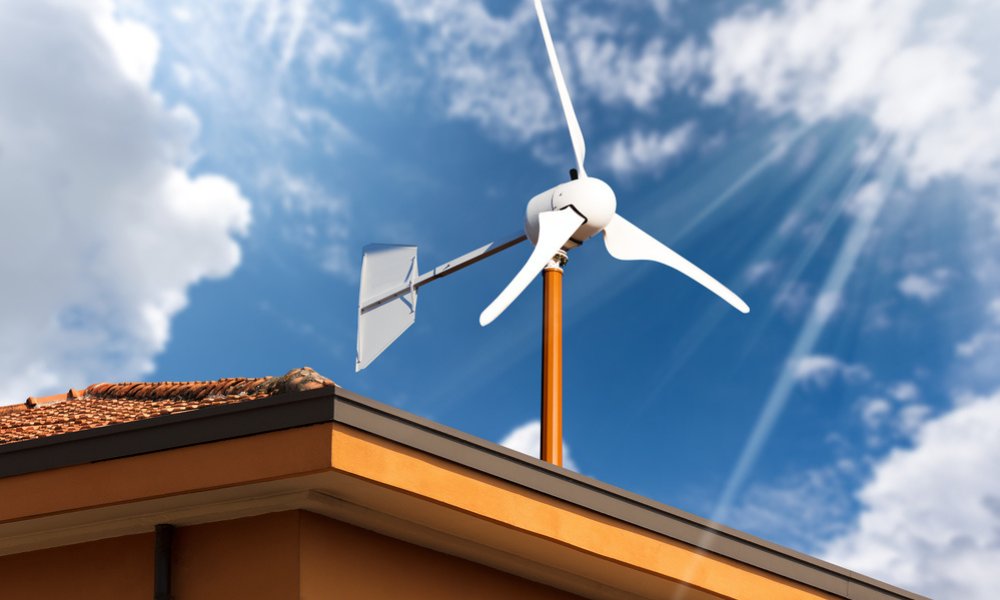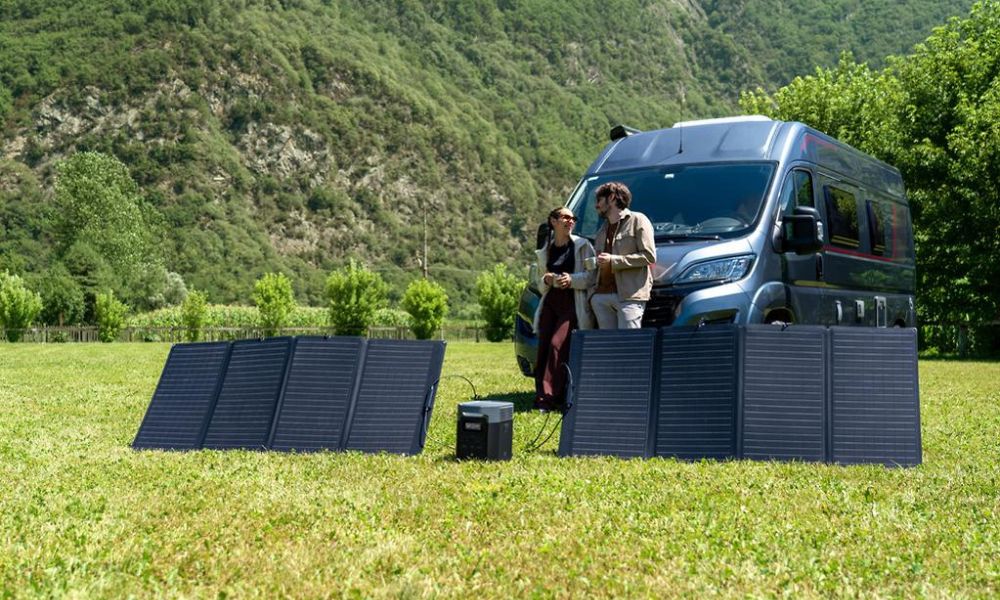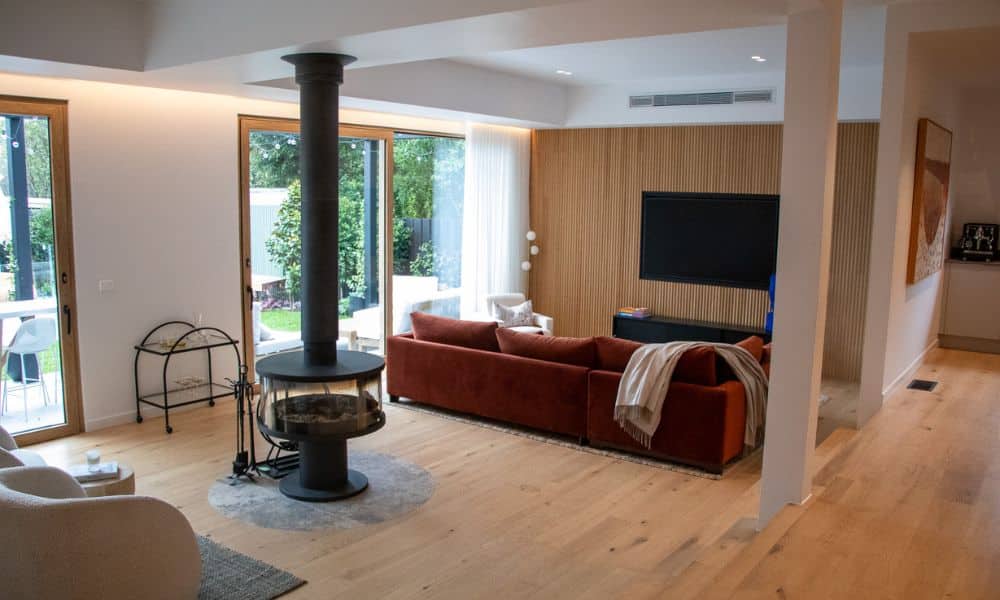Congratulations, you have chosen to install a PV system on your roof. Welcome to the world of lower electricity bills, credits for power that you export to the grid and a more sustainable future.
For many people, installing solar is a set and forget process. Have the professionals mount the panels and connect them to the grid, then away you go. A critical part of your system is your inverter, which can be fine-tuned and tweaked for even more significant savings.
Here are some of the ways you can tinker with your settings to get the best setup for your home and energy use:
Voltage limits
If your inverter is set correctly, it will respond to changes in voltage and carry on operating, rather than shutting down and denying you power. This is designed to optimise your solar-generation management, but this setting is not correct in some cases. In some instances, when the voltage briefly reaches the upper limit, your device will shut down completely, which is an expensive inconvenience.
In some cases, when the grid voltage moves outside of the accepted parameters, it will also throttle the power being exported back to the grid. That means less credits for you and higher power bills.
If you’re noticing either of these issues, speak to your manufacturer about how you can change the limit settings.
If your system is shutting down due to voltages exceeding 258v, that means there’s an error in your home or the network which could be a safety hazard. Your electricity supplier can provide a voltage and safety check-up to the service point, and a licenced electrician can determine if the problem is in your home.
Overclock your inverter
Today, most devices are throttled anyway because energy regulators remain unclear on the right strategy to protect infrastructure from overloads of exported renewable power. You can increase the ratio in your settings to a maximum of 133.33 per cent and still receive Small-scale Technology Certificates as solar rebates.
Go for larger or more solar panels
Many Australians naturally think that they should match their inverter’s capacity with the solar system they’re installing. In theory, this is correct. If the system cannot produce enough power, then there’s no chance of overloading it.
You are losing valuable energy by taking this approach. The output of your panels is their rated capacity, and they’re rarely, if ever, going to pump out that volume of energy. There is a gap between the output of your panels to the capacity of your inverter, where you could be producing more renewable energy.
After you’ve overclocked, there’s even more wiggle room to install larger or more panels. That way, you can maximise your solar energy production and get the most value on your bills.
Contact us on 1800 EMATTERS and get a quick quote today, or email our friendly team for expert, obligation-free advice.

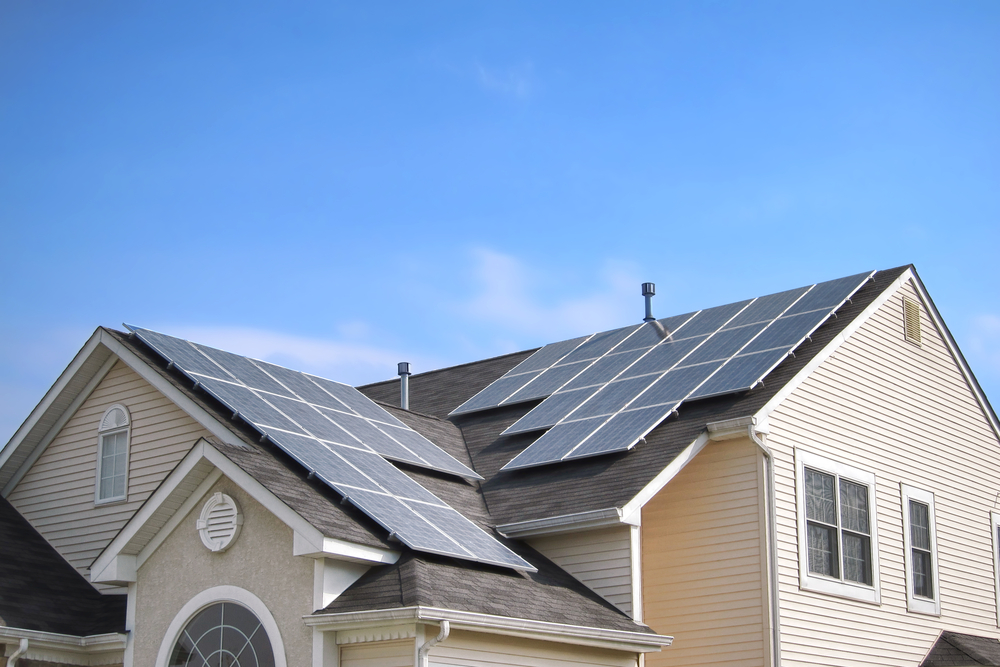
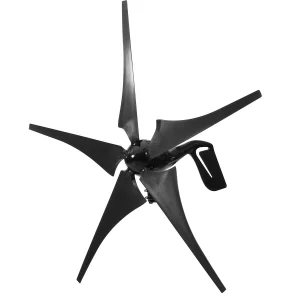 Retail
Retail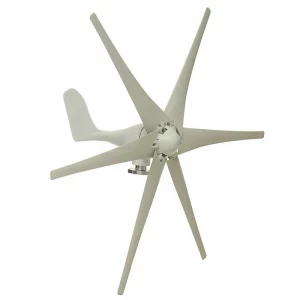 Retail
Retail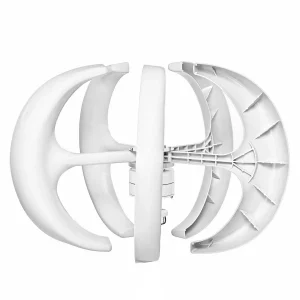 Retail
Retail